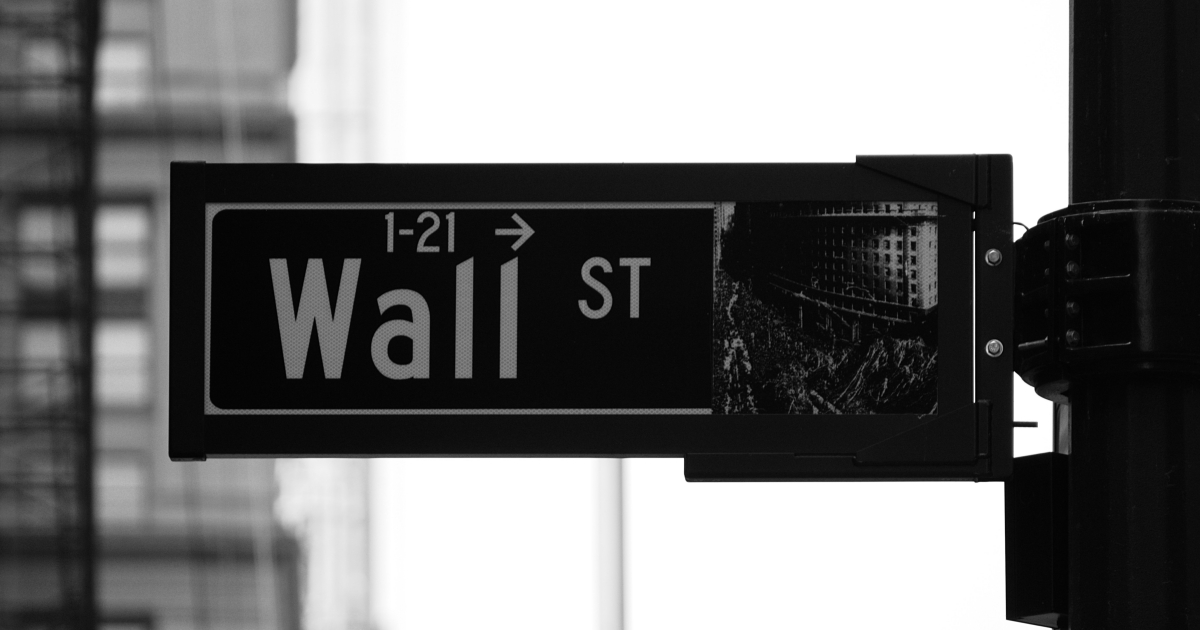| Total invested capital | |
|---|---|
| Rate of investment ($/mo put to investing) | |
| Rate of return on invested capital |

Photo credit to Rick Tap
depression: sustained drop in economic activity, typically defined as greater than 2 years in length, marked by high unemployment, increasing bankruptcies, volatile currency valuations, and declining (often suddenly at the beginning) stock and commodity prices
Living through the Great Depression was a nightmare and the scars it left on those who survived never fully healed. My grandparents cite the Great Depression as the reason they cleaned every last dreg of sauce from their plates with a slice of bread to finish each meal 80 years later. It is the reason some elderly friends cannot bare to throw out expired coupons or a bolt, no matter how rusty and unusable. The scarcity mindset never fully dissolves. No one born in my generation knows poverty the way my grandparents did. The best approximation we have are the photos of Dorothea Lange.
The stock market run up of the 1920s, fueled largely by post-war exuberant speculation and easy credit, became a downturn in September 1929 and a crisis on October 29th, 1929 (Black Tuesday) when the Dow lost 12% of its value, a one day record that held for 40 years. In the follow years, 1929-1932, world wide GDP fell 15%. The complicated multivariate factors which caused and prolonged the Great Depression are still vehemently disagreed on by scholars today. What is not disputed by any serious person are the facts laid out above (that speculation contributed significantly to inflated stock prices at the end of the 1920s, and that the Great Depression began on or around Black Tuesday) and that without other precipitating factors, a single market plunge of 12% in a day does not always result in a Great Depression-level catastrophe. It is not the purpose of this article to resolve or even address the multivariate causes in dispute. This article will only address the performance of the Dow during the depression years.
The largest percentage loss, top tick to bottom, was 1929-1932 when the Dow lost 90% of its value from a high of 380 on September 3, 1929 before bottoming out at 40 on August 8, 1932. It did not fully recover until November 20, 1954.
[Caption] The Dow during roaring 1920s, Great Depression, and recovery.
Naysayers often argue that this 25 year period of no returns is reason enough to avoid stocks altogether, afterall, it could happen again. Anyone speaking this way has demonstrated they are unqualified to have any opinion on investing. Its is wrong for two reasons:
I might not be able to find the dividend history on the 30 stocks that make up the Dow Jones but I do not need them to defend stock market investing. Let us look at the growth of X dollars per year invested continually from 1919 to 1954, the worst performing 35 year period I could find in the Dow Jones history covering the recovery. Compare the capital appreciation of the Dow to the equation for consistent saving and investing.
[Caption] The Dow during roaring 1920s, Great Depression, and recovery with consistent investment.
As shown above, at 0% per year, at the end of 35 years saving X per year, the portfolio is worth 35X. At 5% per year, the X dollars per year for 35 years are worth 100X. There are hardly any years of negative returns at all! From late 1931 until May 1935, this investor would have indeed lost money (rate of return less than 0%). They would have had a momentary loss in 1938 and another rough patch in 1941-1942 (Wars that eliminate 3% of the world population cause problems). It has also been foolishly proposed that inflation will eat these gains. Maybe the portfolio is worth double what it would have been in the bank but the dollars are worth half as much. This is abject nonsense. Let us pretend that all of the invested dollars are 1920s dollars (they are not but for an illustration of the silliness of the argument we will take it to the extreme) and all the returns are cashed out in 1954 dollars. One dollar in 1919 was worth $1.55 in 1954 so instead of being worth 100X, the portfolio is worth 64X. Then again the 0% return would be worth 26X (not 35X) instead of 64X so inflation or not, the market was an enormous wealth builder in that time. Holding cash assets is not a way to avoid inflation, investing in securities whose prices will rise and fall with inflation/deflation and rise as they appreciate in value is the only method to avoid inflation.
To recap, in this legendarily bad time in US stocks when the stock market lost 90% of its value in 2 years, an investor putting in a consistent X dollars per year would have seen average returns of 5% per year NOT INCLUDING dividends and 5% per year for 35 years of continuous investment is worth a factor of 2 or 3 more than 0% per year.